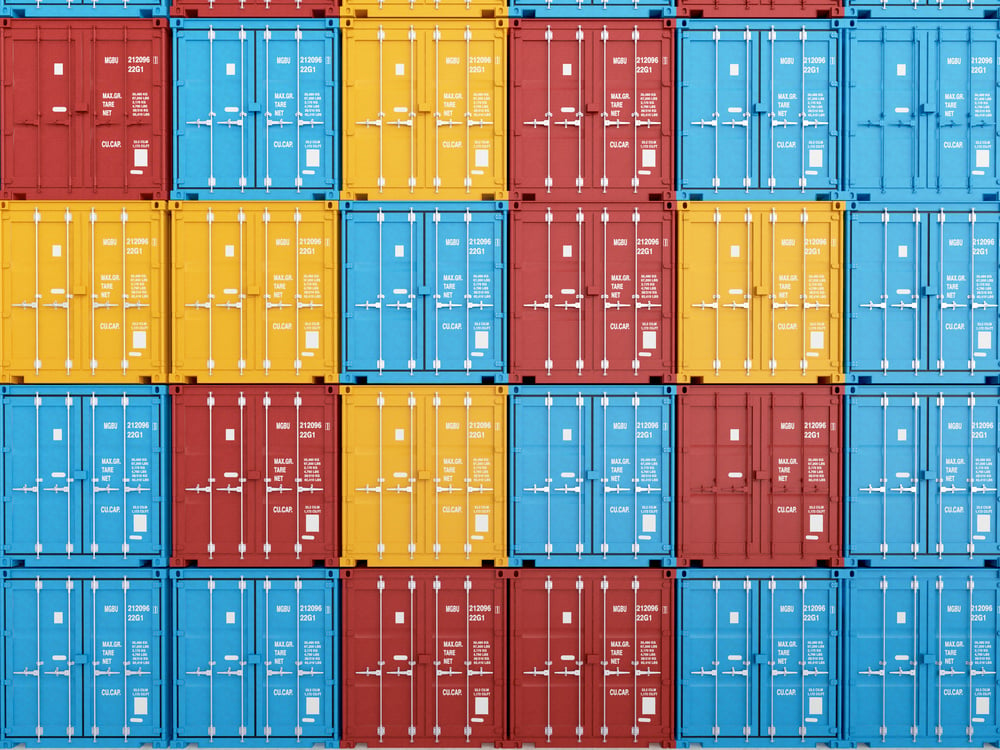
Transmodal's August 2025 Global Logistics Market Update
Here are some of the top stories in global shipping right now.
China and India tariff updates:
President Trump has signed an executive order extending the suspension of high U.S. tariffs on Chinese goods for another 90 days, just before the tariffs were set to snap back into effect. The current lower rates will stay in place until mid-November, and import duties won’t spike back to the 145% range they hit in April. As the story has been since the beginning of the year, this just underscores the ongoing unpredictability of the current U.S. trade policy.
Also noteworthy is that tariffs on India have effectively been doubled. As it stands, there are two separate tariffs placed on India:
1 - The new IEEPA Executive Order Tariff:
To address the national emergency stemming from the Government of the Russian Federation’s actions taken against Ukraine, the President is imposing an additional 25% tariff on imports from India, effective August 27, due to India’s importation of Russian Federation oil.
2 - The IEEPA Reciprocal Tariff:
A 25% reciprocal tariff went into effect last week for goods not loaded on the mother vessel (meaning no feeder vessels, freight must be on the final vessel to the US) by 12:01 AM EDT on August 7, 2025 and in transit on the final mode of transport to the US before 12:01 AM EDT on October 5, 2025.
The duty is 10% for goods loaded onto a vessel at the port of lading before 12:01AM EDT on August 7, 2025 and in transit on the final mode of transport (mother vessel) prior to entry into the US before 12:01 AM EDT on October 5, 2025.
Note that the above is addition to the commodity tariffs.
Our take: China is central to many companies' supply chains, so a lack of resolution with China tariffs will extend the uncertainty even further. It’s still recommended that importers continue their due diligence by evaluating other sourcing locations as an alternative to China. With many considering India as an alternative, doing so has become a lot more complicated. At least the tariff rates for most other countries are settled (for now).
Read more about China here.
Read more about India here.
Port Fees:
US Customs & Border Protection will be rolling out a new fee system for China-linked vessels on October 14, 2025. The rules will target both Chinese-owned/operated and Chinese-built ships, and there will be steep penalties for non-payment, including possible denial of port privileges. Chinese-owned or operated vessels will face fees starting at $50 per net ton, climbing to $140 by April 2028. Non-Chinese operators will pay a lower but still substantial fee per ton or container. Supporters call the move a boost for US maritime security and shipbuilding, but critics say it may drive up consumer costs and reduce volumes at smaller ports.
Our take: Details around this long-discussed fee are coming into focus. The added costs will add another layer of complexity into how importers calculate and budget for costs (on top of a still uncertain tariff situation). Contact Transmodal for help understanding your true delivered COGS and new options that could save your money.
Read more here.
EU Tariffs:
The European Union has pushed back its planned tariff countermeasures against the U.S. to March 2026, to give them time to finalize their recently announced trade agreement. Originally scheduled for July and then August, the EU’s tariffs would hit $109 billion worth of American exports, including steel, cars, and agricultural products. Announced on July 27, the tentative deal will lower most U.S. tariffs on EU goods to 15% and change some to zero-rated, but there’s no agreement yet on exceptions like pharmaceuticals and spirits. The EU has also emphasized that nothing is legally binding yet.
Our take: Despite a U.S./ EU agreement being announced, having so many European countries publicly express concerns about the deal and a lack of details being published makes it feel as though things could remain uncertain for a while. This, along with the EU holding back on any countermeasures, makes it appear there is more work to be done on a long-term deal.
Read more here.
